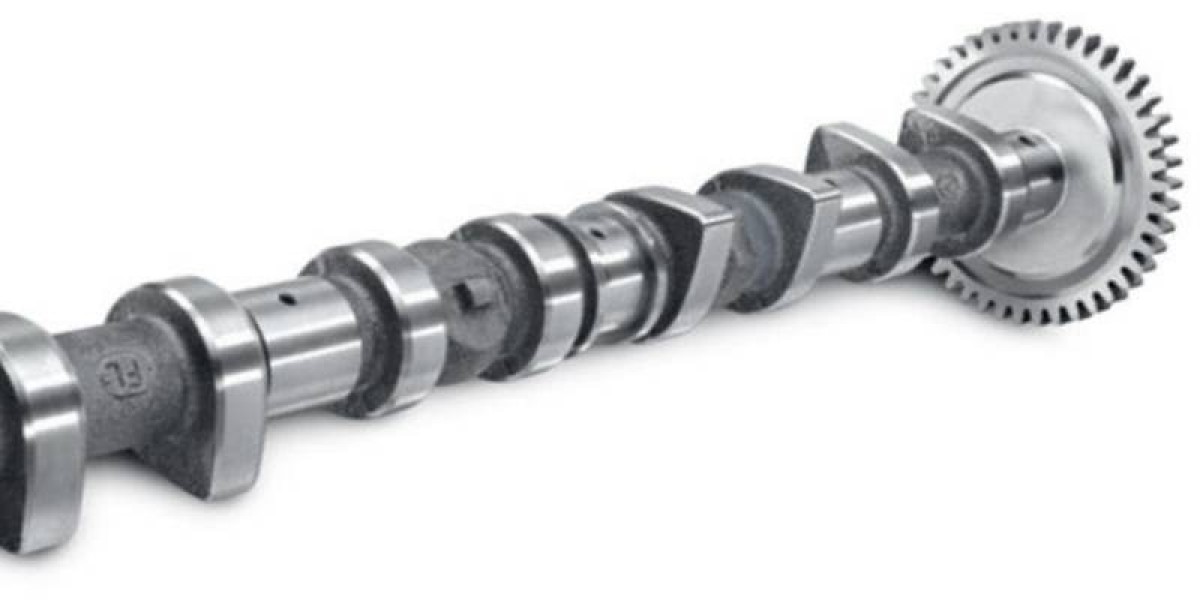cylinder heads are critical components of an internal combustion engine, playing a vital role in the engine’s overall performance, efficiency, and emissions. They house the intake and exhaust valves, provide the sealing surfaces for combustion, and facilitate the flow of air and fuel into the cylinders. This article explores the function of cylinder heads, their types, performance features, and how they affect engine dynamics.
What is a Cylinder Head?
The cylinder head is the upper part of an engine block, sealing the combustion chambers and housing essential components such as valves, spark plugs, and fuel injectors. Cylinder heads are designed to allow efficient airflow in and out of the engine, significantly impacting its power and efficiency.
Key Functions of Cylinder Heads
Sealing the Combustion Chamber: Cylinder heads create a sealed environment for combustion, ensuring that the fuel-air mixture ignites effectively.
Airflow Management: Cylinder heads control the intake of air and fuel and the expulsion of exhaust gases through their intricate designs, optimizing airflow for performance.
Heat Dissipation: Cylinder heads play a crucial role in cooling the engine by dissipating heat generated during combustion.
Mounting for Other Components: Cylinder heads provide mounting points for spark plugs, fuel injectors, and sometimes intake and exhaust manifolds.
Types of Cylinder Heads
1. SOHC (Single Overhead Camshaft) Heads
- Description: SOHC heads feature a single camshaft positioned above the cylinder head, controlling both intake and exhaust valves.
- Benefits:
- Simpler design and lighter weight.
- Easier maintenance due to fewer components.
2. DOHC (Double Overhead Camshaft) Heads
- Description: DOHC heads have two camshafts—one for intake valves and one for exhaust valves—providing more precise control over valve timing.
- Benefits:
- Improved airflow and performance due to independent control of valves.
- Enhanced efficiency and higher RPM potential.
3. Wedge Heads
- Description: Wedge heads feature a wedge-shaped combustion chamber, which promotes better airflow and combustion efficiency.
- Benefits:
- Higher compression ratios for increased power output.
- Improved fuel efficiency.
4. Pentroof Heads
- Description: Pentroof heads have a pentagonal shape, allowing for larger valves and better airflow dynamics.
- Benefits:
- Enhanced performance in high-revving applications.
- More effective combustion due to improved valve positioning.
Performance Cylinder Heads
Upgrading to performance cylinder heads can significantly enhance an engine's capabilities. Here are some key characteristics of performance cylinder heads:
1. Larger Valves
- Function: Performance heads often feature larger intake and exhaust valves to allow for increased airflow.
- Benefits:
- Greater horsepower and torque due to improved air and fuel mixture delivery.
- Enhanced throttle response and acceleration.
2. Optimized Port Design
- Function: Performance cylinder heads may have specially designed ports that improve airflow efficiency and reduce turbulence.
- Benefits:
- Better combustion efficiency and power output.
- Improved overall engine performance, especially at higher RPMs.
3. Increased Compression Ratios
- Function: Many performance cylinder heads are designed to allow higher compression ratios, which can lead to more power.
- Benefits:
- Increased power output and efficiency.
- Enhanced engine responsiveness.
4. Material and Construction
- Function: Performance cylinder heads are often constructed from high-strength materials, such as aluminum or specialized alloys, to withstand higher temperatures and pressures.
- Benefits:
- Improved durability and longevity under extreme conditions.
- Enhanced heat dissipation for better performance.
Choosing the Right Cylinder Head
When selecting a cylinder head for your engine build or upgrade, consider the following factors:
Engine Compatibility: Ensure that the cylinder head is compatible with your engine's specifications, including valve configuration and mounting points.
Intended Use: Consider whether the cylinder head will be used for daily driving, racing, or specific applications to choose the right design and materials.
Performance Goals: Determine your performance goals, including horsepower and torque targets, to select a head that meets those needs.
Supporting Modifications: Ensure that your engine has supporting modifications (such as upgraded intake and exhaust systems) to maximize the benefits of a new cylinder head.
Conclusion
Cylinder heads are fundamental components that significantly impact an engine's performance, efficiency, and emissions. By understanding the types of cylinder heads, their functions, and the benefits of performance upgrades, you can make informed decisions when building or modifying an engine. Investing in high-quality cylinder heads tailored to your specific needs will help unlock your engine's full potential, providing a thrilling and efficient driving experience.









